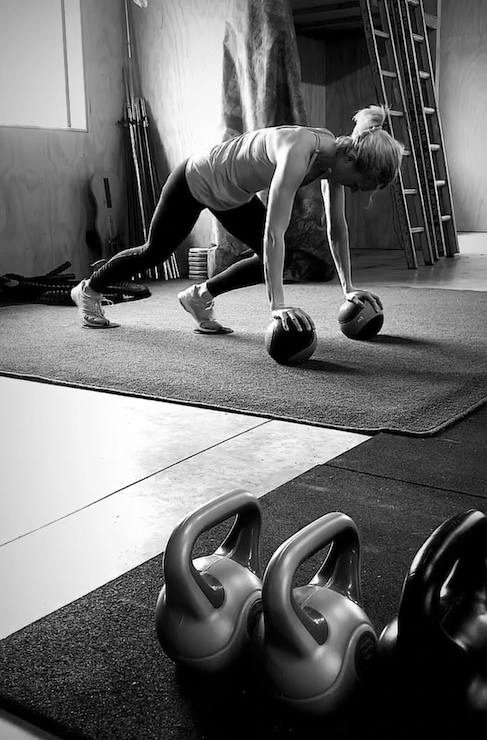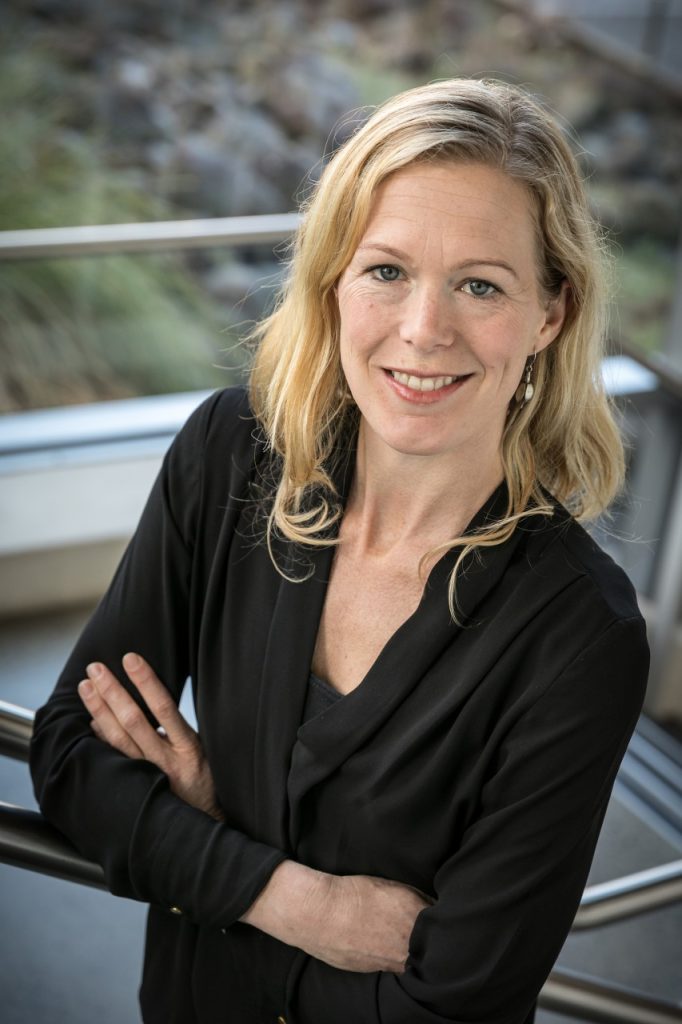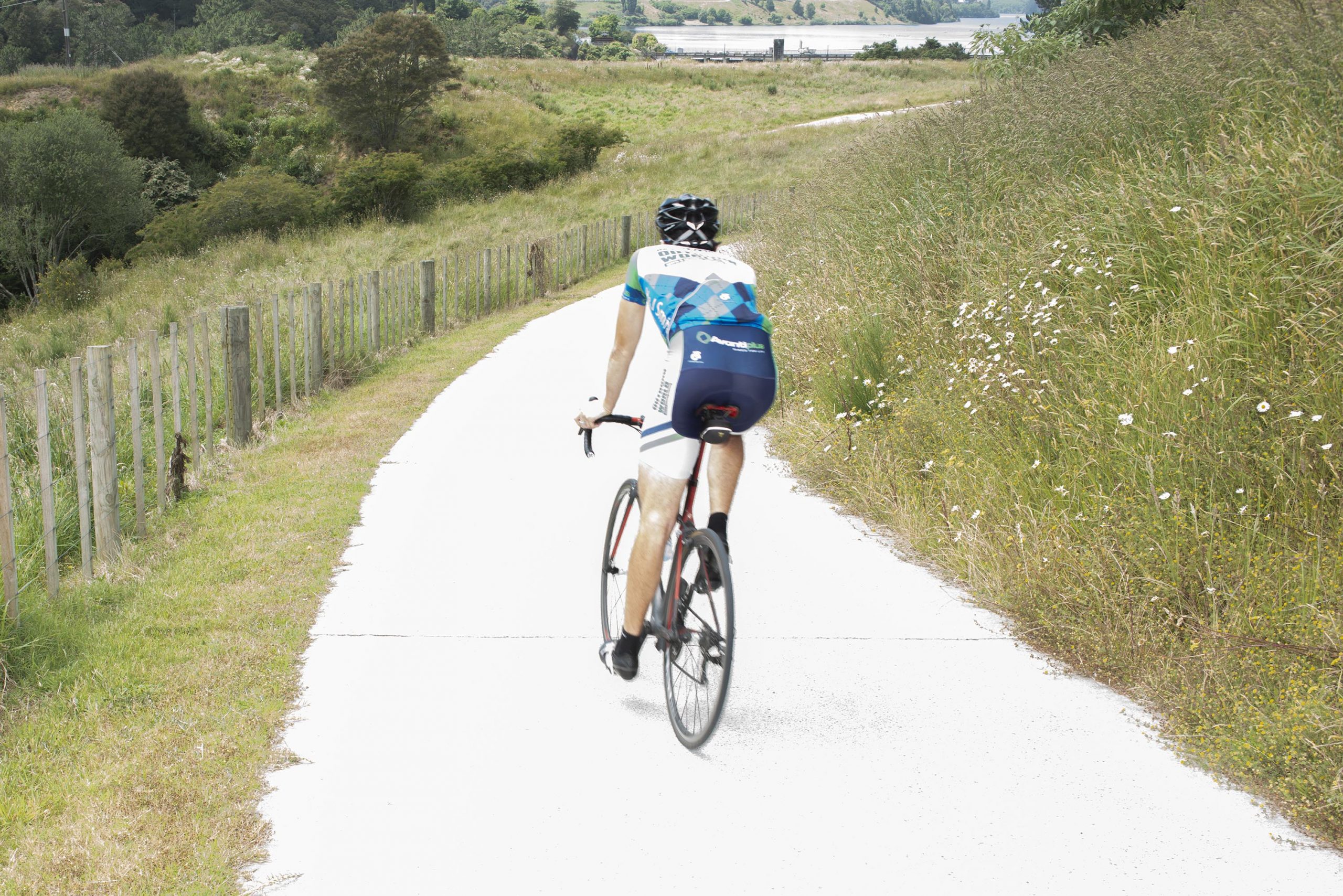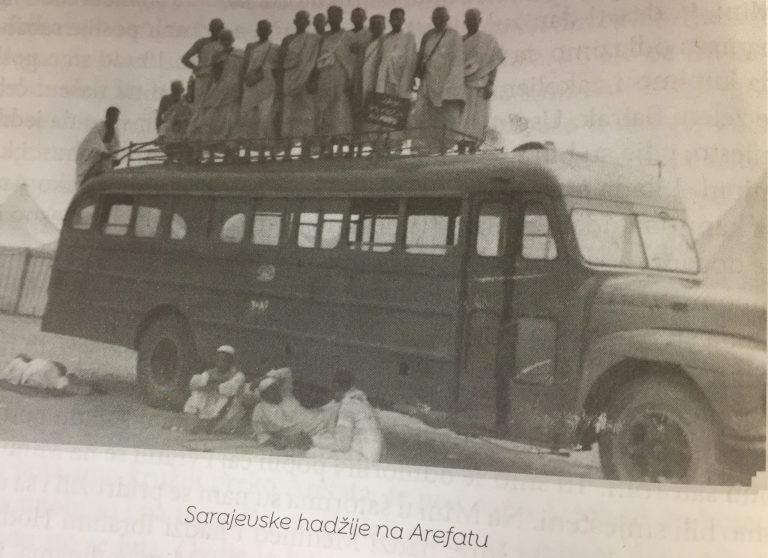
by Holly Thorpe and Joshua Newman
Have you read Part 1? If not, get it here!
The first issue consists of nine papers, the first by David Howe and Carla Silva, draws upon posthumanism to trouble the implicit and seemingly compulsory able-bodiedness the plagues scholarship on physical culture and the body. They specifically turn to crip theory to examine how society, and scholarship thereof, frames and produces disability and in so doing reproduces ableist ideologies and politics. Metonymically working through the dance form of tango, Howe and Silva complicate conventional understandings of what a body is and what it can do amidst biopolitical assemblages that in their formation reconstitute a state of what they term complex dis§able embodiment. Their study of intimate dance in and with their environments gives us an important mediation on the “transformative potential of non-normative bodies, when cripped, to evidence the arbitrary, non-neutral, fabricated nature of the norm.”
In the second article, Brendan Hokowhitu challenges scholars studying the sporting and moving body from a (feminist) ‘new’ materialist approach to more mindfully and dutifully consider the 1) multiple binaries and humanist traditions that were already established in Indigenous Studies (and as a constitutive onto-epistemo-politics of Indigenous cultures more generally)—and 2) how fetishizing such ‘turns’ toward new disciplinary fields in the academy—an institution established in the service of colonialism, Eurocentricism, and Empire—holds the potential to enact new modes of ‘disciplinary colonialism.’ That is, by naming a field as ‘new’ and by seeking to claim novelty or innovation in studying the relationality and materiality of the body is this way, as Hokowhitu argues, new materialist scholars risk (intentionally or otherwise) obscuring or ignoring the already-established Indigenous ways of knowing the body—as material, as ecological, as cosmological, as affective, and as contingent (to land, to knowledge, to complex axes of being). Throughout the chapter, Hokowhitu engages a productive exchange between his own research on Māori men in sport, with Foucault, Barad, Fanon and Ahmed, among other key critical and Indigenous thinkers. Through this dialogue, he reflects on critiques and potential of new materialisms for knowing the politics of Indigenous moving bodies.
In their article titled “Embodied Movement as Method,” Simone Fullagar, Adele Pavlidis, Anna Hickey-Moody and Julia Coffey reflect on their individual and collective experiences doing feminist (new) materialist research in and out of the confluences of affect, materiality, and movement. They reflect on a series of workshops they have facilitated with academics and postgraduates working within this space to explore how innovative research techniques—ranging from moving-writing sport, digital photovoice, movement improvisation and body mapping somatic movement—are being utilized (and wrestled-with) by scholars of sport and physical culture looking to develop more tacit, perhaps tactile, and certainly affective empirical modalities. The article offers an important series of reflections about not only how scholars of the emerging feminist materialist tradition might rethink how they know the body, but also how we might find new approaches and techniques for considering what a body is and what a body knows (as an assemblage of systems of knowledge, of associational being).

This, of course, leads us to ask: what makes a body? That is, how do material objects in and around the body hold agency over how the body is made to move, to exist, to meaning and be political in certain spatio-temporal contexts? In her analysis of the barre-based fitness industry, Pirkko Markula employs a Latourian framework to explore and theorize this unique dimension of physical culture. Markula extends this actor network approach by critically reading, with an associationist bent, contemporary barre class instructor manuals. As the reader will no doubt see, this important study provides a scientific mediation onto how bodies are put in relation with, and ordered by, the non-human object. More importantly, this study centers the non-human actor as holding a certain type of agency in producing gendered identities and practices, subjectivities, and the relationships upon which this domain of physical culture are forged.
In “Leaky Bodies and the Stickiness of Testosterone in Women’s Athletics,” Valerie Moyer provides a timely critique and re-evaluation of anti-doping testing practices in international athletics. More specifically, Moyer synthesizes key feminist works of Fausto-Sterling, Ahmed, Mol, Jordan-Young and Karkazis, and Shildrick to rethink how governing bodies for international sport, most notably the International Olympic Committee (IOC), have enacted a biopolitical system of surveillance that from the outset has relied on a ‘dis-integration of the body’—whereby bad science is operationalized to normalize categories of sex. Focusing on the fallacious gender science of testosterone (which is found in all bodies), Moyer illustrates how anti-doping measures subject the athletic body to categorization, dissection, and ‘forcibly made multiple for the purpose of surveillance.’ Under the guide of protecting the integrity of the sport, such a biopolitical regime is perhaps most productive in reproducing scientific rationalities and normalizing judgments of false gender binaries and identity politics.

In their Baradian analysis of athleisure (clothing designed for physical activity), Julie Brice and Holly Thorpe explore the function that which is adorned by the body—in this case athleticwear—plays in bringing to life the body (as active, meaningful, gendered, mobile, in motion) and a broad set of intra-actions that in their formation shape what a body is and what it can do. Against the backdrop of a burgeoning athleisure industry, with surging global revenues and an increased import in everyday life, they explore how this clothing trend is deeply imbricated in new regimes of gendering practice and gendered identity formations. Drawing upon a diffractive analysis of interviews conducted with 22 women in Aotearoa New Zealand, Brice and Thorpe explore how the material object itself—in this case, the piece of athleisure clothing—holds agentic capacities not just to sculpt waistlines or allow muscular extension, but to make regimes of discursivity, movement, and ideology which are folded onto a body, the body, and body cultures.
Carrying forward with this theme of what makes a body, Oliver Rick and Jacob Bustad weave together theories of urban assemblage with Latourian actor-network theory to investigate how built environments, moving bodies, and flows of meaning and matter enact the cityscape. With a focus on the city of Baltimore, Rick and Bustad construct a research assemblage—through the vantage of a GoPro wearable camera—of how a body not only navigates the urban terrain, but perhaps more importantly how the body’s being therein is made by representational and material space (and relations thereto). As they get ‘into the thick’ of this ‘more-than-human embroilment,’ they provide a productionist account of the city and the body’s being therein, but also how new materialist scholars studying urban physical cultures might deploy digital methods or techniques to take account for the constitutive elements and interactions of the urban assemblage.
These articles remind us that the body is at once an actor, or a node, as part of a broader network or assemblage. However, the articles featured in this first special issue also remind us that the body is in itself as assemblage—a broader set of dynamic associations that give it meaning, being. How it moves, senses, its fundamental kinesis is shaped by relations to other non-human and human actors. Again drawing analysis out of the onto-epistemological positions of Bruno Latour, in his article “The ‘Lieutenants’ of Coaching” Jordan Maclean provides an observation- and interview-based study of the material bases of sports coach education programs. Such an actor network theory (ANT)-based approach in many ways decenters the human as the principle actor within a network—instead following the actors (human and non-human) as they form associations with one another. In this network, forged by and around the non-material actors (i.e., training equipment, lines, CD-ROM), practitioners can wield a ‘composition’ of practices that might shift orders of power, surveillance, expertise, and knowledge in ways that benefit the athletes; usurp or reorganize an order of things that often worked against the politics or interests of the sporting subject.
In the final article of this first special issue, Georgia Munroe-Cook examines the Women’s National Basketball Association (WNBA)—perhaps the most politically important professional sports league in these times—and the deeply-gendered and gendering economies of affect that constitute the basketball arena environment. Journeying through gameday soundscapes, flowing bodies populating the stands and on the court, vibrant images and vital machines of the arena, Munroe-Cook paints a vivid picture of how senses are activated in such sportspaces. She explores how, in many ways, her own affective responses to these sensory-actants were in and other themselves agentic—producing new relations that forged the material flesh of Sue Bird with the fabricants of round spheres and binary-coded visualization and with the smells and sounds of the gameday atmospheric. Such a research-assemblage reminds us not only of sport and physical culture’s visceral corporeality, but of how experience, meaning, and being are ontologically relational—bounded to the many more-than-human and non-human actors pulled into the spectacle.
The authors

Holly Thorpe
Holly Thorpe is Professor of Sociology of Sport in Te Huataki Waiora School of Health, University of Waikato, Aotearoa New Zealand. Her research interests include the moving body, gender, and women’s health and wellbeing. She continues to find much inspiration in the challenge of working across disciplines, engaging with social theory, and exploring feminist methodologies. Some of her most recent books include Feminist New Materialisms, Sport and Fitness: A Lively Entanglement (with Julie Brice & Marianna Clark, 2020, Palgrave); Sport, Physical Culture and the Moving Body: Materialisms, Technologies, Ecologies (co-edited with Joshua Newman and David Andrews, 2020, Rutgers), and Gender, Sport and Development: Intersections, Innovations and Future Trajectories (with Lyndsay Hayhurst & Megan Chawansky, 2021, Emerald).

Joshua Newman
Professor Joshua I. Newman (Ph.D., University of Maryland) is Director of the Center for Sport, Health, and Equitable Development and Professor of Sport, Media, and Cultural Studies at Florida State University. He has published four books and over 100 articles and chapters on issues related to social inequalities, cultural politics, and political economics and ecologies of sport and physical activity. His book, Sport, Spectacle, and NASCAR Nation (Palgrave, with M. Giardina) was awarded the North American Society for the Sociology of Sport’s (NASSS) Outstanding Book for 2012 and was named as a CHOICE Outstanding Academic Title in 2013. His most recent book is the co-edited anthology Sport, Physical Culture and the Moving Body: Materialisms, Technologies, Ecologies (with Joshua Newman and David Andrews, Rutgers, 2020), which was also recognized as a CHOICE Outstanding Academic Title in 2020. His work has been published in international journals such as the Sociology of Sport Journal, Journal of Sport Management, Body & Society, Qualitative Inquiry, and the Journal of Sport & Social Issues. He is past President of NASSS and serves on the editorial boards of Communication & Sport, the International Review for the Sociology of Sport, Qualitative Research in Sport, Exercise and Health, Journal of Global Sport Management, and the Journal of Amateur Sport. He is International Scholar of Distinction with the Shanghai University of Sport and a NASSS Research Fellow.





